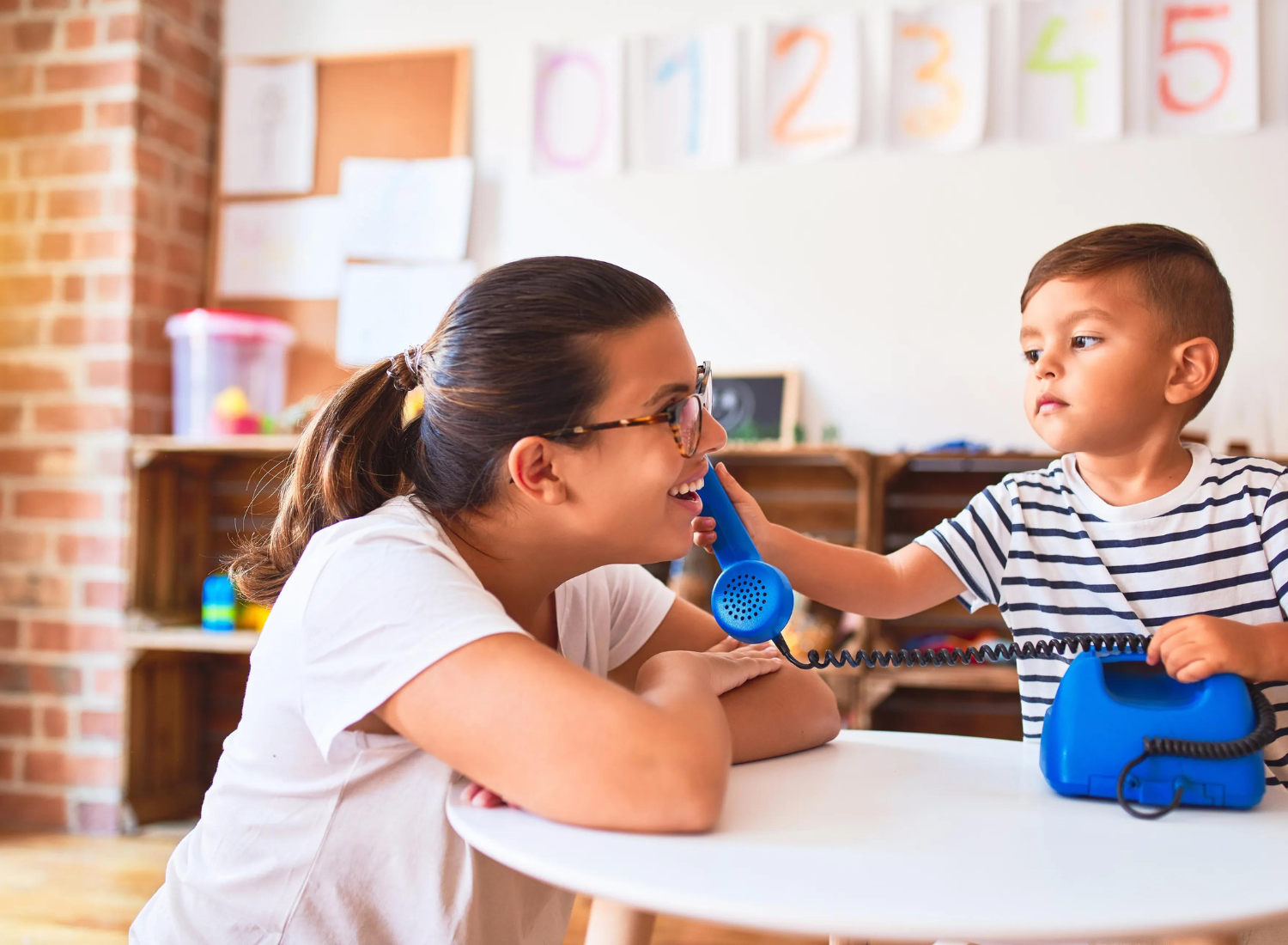How to engage children in learning

One of your most important responsibilities as a teacher or educator of whatever kind is to ensure that the kids are fully and properly engaged with the learning that they are doing. There are plenty of ways that you have available to ensure that the lessons are taken in and remembered for a long time to come. So, here are a few of the top methods that you have available for ensuring that kids are properly engaged in their learning.
Ensure you choose a range of activities
If kids are left doing the same things day after day, it is more than likely that they are going to switch off, and you are seriously going to struggle with keeping them engaged and interested in what you have planned. Therefore, you need to get around this problem by allowing kids to take part in a range of different activities. Alongside any writing activities for kindergarten, you then need to consider the types of physical activities that will provide an excellent sense of balance here. Ultimately, teaching is all about being creative, and if you are able to engage kids with activities beyond the norm, this is how you can pique their interest levels.
Build in some brain breaks
If you simply go from one activity to the next, it is more than likely that the kids are going to struggle to focus on them – particularly if they are of a younger age. In these situations, it is certainly going to be better that you build in some brain breaks along the way. This means times of quiet and a little distraction, where there is often a bell or some type of guided meditation that helps kids to relax for a moment. This often provides a good way to transition into the next lesson if there has been some sort of distraction beforehand. This also helps to form a useful bridge between two entirely different forms of classes that each have different learning objectives.
Allow some movement opportunities
It is the younger kids, in particular, who are going to struggle with sitting at a desk for an extended period of time without any type of movement. While it is useful for them to have break times, it is still worth thinking about your lesson plans from the point of view of any movement that could be beneficial to their learning. Obviously, you have to keep a close handle on this to prevent it from becoming overstimulating and having the opposite effect to the one that you had initially intended. Again, this helps to provide the type of variety that has already been mentioned, ensuring that kids are a lot less likely to get bored and disengaged with the lessons.
State the learning objectives and recap at the end
Ultimately, everything that has been discussed already is all well and good. Still, unless the learning objectives have been clearly set out and then recapped at the end, it could well be that everything that you have done has all been for nothing, as they haven’t taken anything away from it all. So, it would help if you had the learning objectives clearly set out from the outset. This also should be reinforced during the course of the lesson. Once everything has wrapped up, you can then recap the initial objectives to see how well they have been taken in.
Offer the potential of a reward
While not every lesson should be accompanied by a reward, there is no doubt that bringing in some can be a useful way of ensuring that everyone is motivated and pulling in the same direction. For example, perhaps there is the potential to offer some extra break time at the end of the lesson or possibly watch a video. Ultimately, this can act as a useful additional layer of motivation and a way of keeping kids firmly on task.
Understand different learning speeds
Every child is going to learn at a different pace, and not all of them are going to be the same. Therefore, you certainly need to understand and appreciate the different learning speeds. Along with this, it is so important that every child feels included in the lesson and not like they are being left out of it for any reason at all.
All of these tips and tricks should help to ensure that children are firmly engaged in learning and ready to embrace what they will be doing at school. Ultimately, it all comes down to a great sense of variety and creativity to achieve success.



